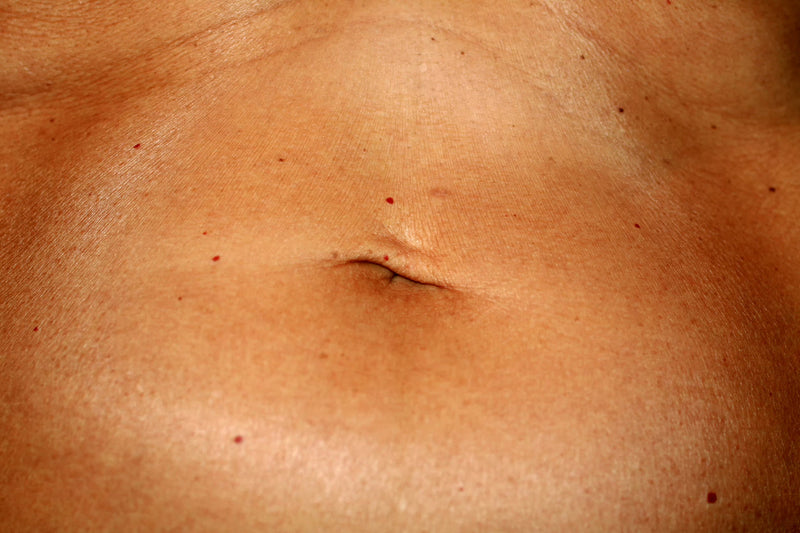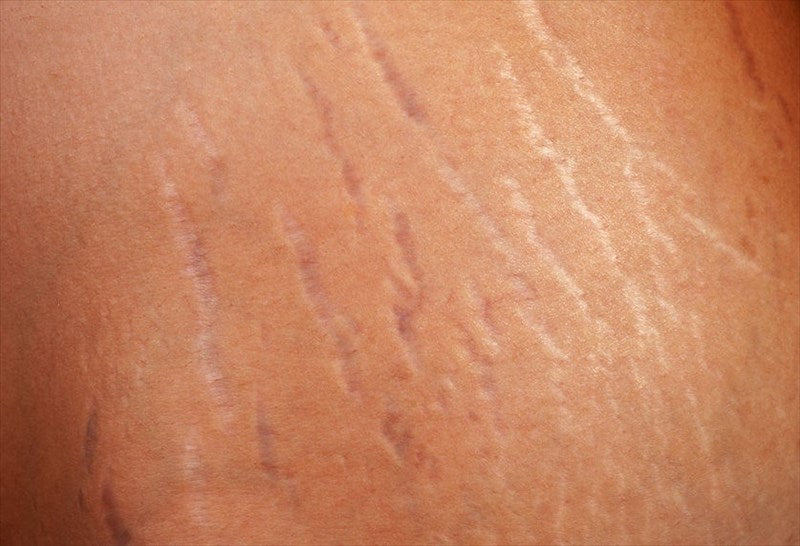SPF is an acronym for “Sun Protection Factor” and grades the strength of a sunscreen at blocking harmful UVB rays.
UV light from the sun is divided into two categories, UVA and UVB. UVA rays have longer wavelengths, while UVB rays have shorter wavelengths. UVA radiation penetrates deeper into the skin’s layers than UVB, damaging collagen, which is responsible for wrinkles and other signs of aging. UVB doesn't penetrate as deep but it directly damages DNA leading to various forms of skin cancer. SPF stands for “Sun Protection Factor” and measures how well sunscreen can specifically protect your skin from UVB radiation.
When you apply sunscreen with a higher SPF number, it means you'll get more protection. SPF value is calculated in the lab by first exposing skin to UV radiation and determining the minimum amount of energy needed to produced a sunburn. This is called the minimum erythematous dose or MED. The SPF value is then calculated based on the ratio of MED of protected skin (under the sunscreen) and MED of unprotected skin (without sunscreen).
| SPF 15 | Blocks 93% of UVB |
| SPF 30 | Blocks 97% of UVB |
| SPF 50 | Blocks 98% of UVB |
Remember, that the SPF is tested at 2mg/cm2, which means if you want to get the strength on the bottle, you should use the same amount. For your head and neck, a rough estimate is two finger lengths of sunscreen (or ¼ teaspoon). Don’t forget to use other sun protection measures like wearing a hat, sunglasses, protective clothing, and seeking shade when the sun is the strongest.








